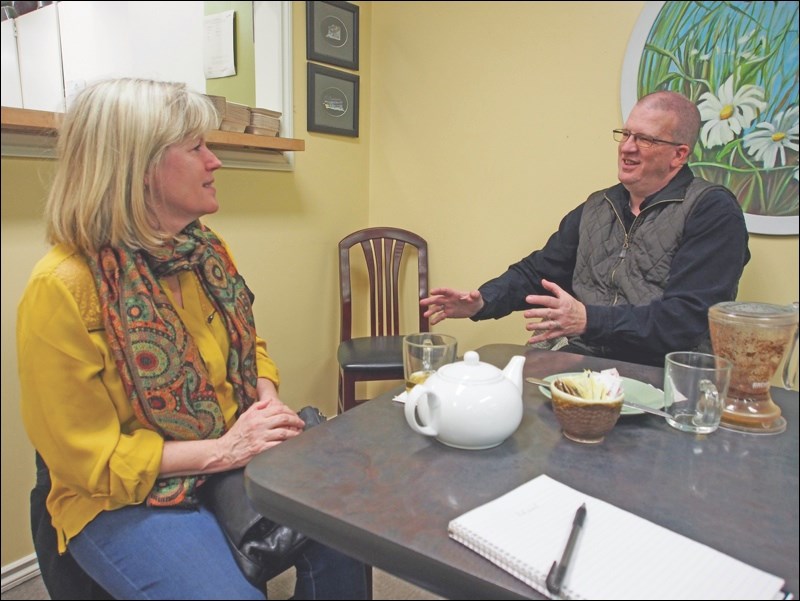“Writing is like driving at night in the fog,” American novelist E.L. Doctorow once said. “You can only see as far as your headlights, but you can make the whole trip that way.”
Now writers around the world are nearing their destination as National Novel Writing Month comes to an end on Monday.
NaNoWriMo, as it is widely known, is an annual challenge held each November since 1999.
Each year, writers sign up at nanowrimo.org and aim to complete a 50,000-word novel in just 30 days. If a writer stays on schedule, that works out to 1,667 words a day.
There are 300,000-plus participants in this year’s challenge, including several in northern Manitoba.
Flin Flon writer Alex McGilvery has participated in the challenge since 2007 and now serves as one of two NaNoWriMo municipal liaisons for the Manitoba North region, where he provides support to 16 fellow novelists.
McGilvery says he is motivated by the “really specific goal” of completing a novel in a month.
“It forces me to sit down and get the whole book done,” he adds.
“Nano is a wonderful endeavour, but it’s a little daunting,” says Flin Flonner Judy Pettersen, a NaNoWriMo participant since 2008.
“It’s gotten easier, because I think about it a lot more before I start,” she explains.
“I used to just jump in, only having a first line or a character. This time I made a character map. I’m getting smarter,” she adds, with a laugh.
As Pettersen explains, the NaNoWriMo draft is generally a starting point for most writers, with a lot of revision time needed once November is over.
She says she waits about six months before starting the post-NaNo revision process.
“You need some distance from it to see the story,” Pettersen explains. “You can’t look at it right away because nobody’s first draft is all that good…it’s not supposed to be.”
McGilvery’s wait time is even longer. “I let it compost for a year or two or three. Then I pick it up and take the weed whacker to it.”
So why would a writer go through the grueling process of writing a novel in such a short time?
The support system in NaNoWriMo is central to its appeal, according to both Pettersen and McGilvery. Writers meet for local write-in events to share ideas, commiserate and load up on caffeine.
No matter where participants live, they benefit from online support, like regular “pep talk” emails from bestselling authors.
Pettersen says the pep talks are often perfectly timely: “I often think, how did they know I needed to hear that right now?”
These messages remind participants that the frustrations of writer’s block and feelings of uncertainty or inadequacy are common experiences for writers of all calibers.
McGilvery adds, “You are reading (messages from) these best-selling authors, and you’re like, ‘I’ve been there, I’ve done that – well they’ve done that and they have 20 books out.”




